
Refractory castable drying and baking control process

The difference between silicon brick and semi-silicon brick
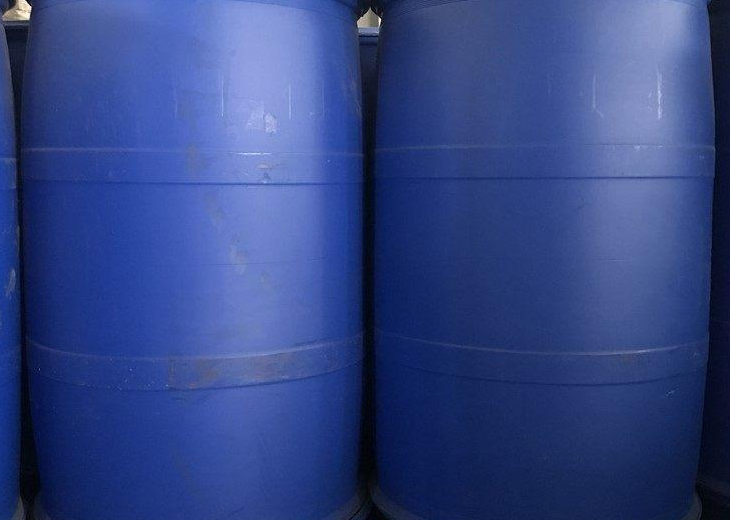
The most difference between the two is the difference in the use of temperature areas, the general static industrial kiln lining construction can be ordinary refractory mortar, or phosphate refractory mortar, and the dynamic kiln lining is best to use PA80 refractory glue, because of the dynamic mechanical pressure and kiln stress, to prevent the brick drop out of the rotation process.
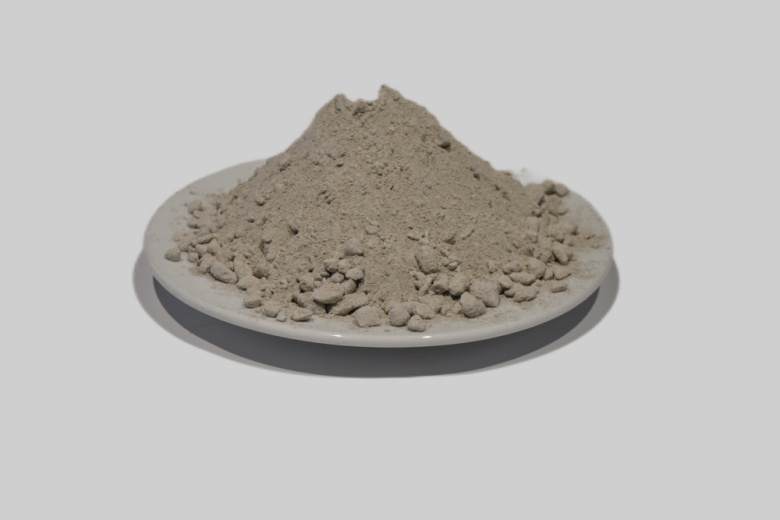
What kind of refractory castable is suitable for the 1300℃ furnace lining? it is based on the different lining atmosphere of different furnace types, no matter what material is selected, the ultimate purpose is to save energy and reduce consumption, to achieve the use effect and long service cycle.
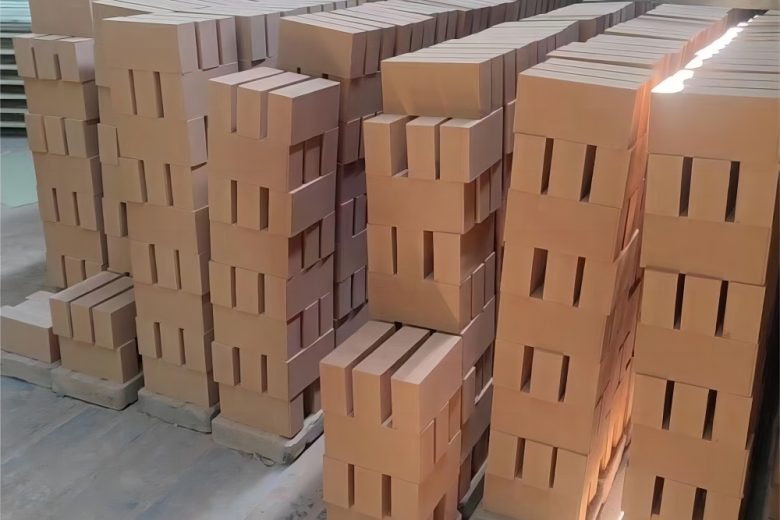
The firing temperature of the brick process between the high strength alkali brick and fire clay brick is the same, but the the raw material process is not the same, the sintering temperature of the sintering time is not the same. High-strength alkali-resistant brick has strong alkali resistance, while clay brick is a slightly acidic product with strong resistance to acid erosion.
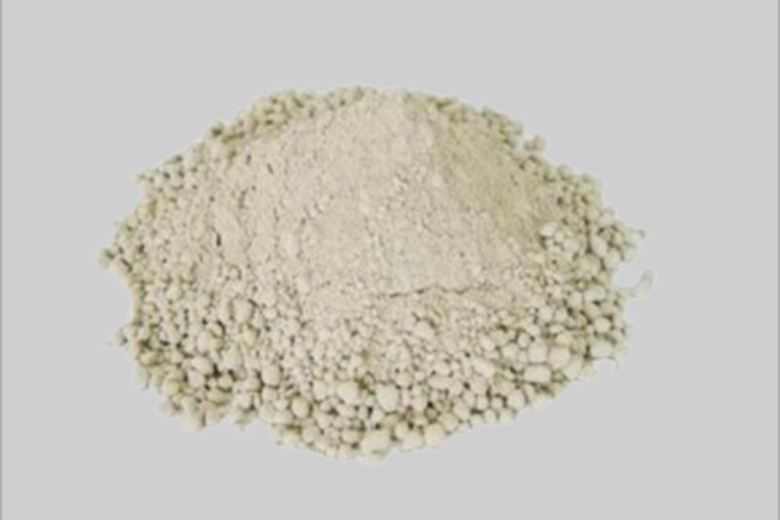
Low cement castable and traditional castable is very different, mainly in the difference between the middle and final strength, the traditional castable in the middle strength is not good, but low cement castable is far better than the traditional refractory castable, not only because the cement content is low, and have less calcium content, but also the use of ultrafine powder technology, so that the castable is in a reasonable proportion of particles distribution. Moreover, the final strength and middle strength of castable also are further improved.
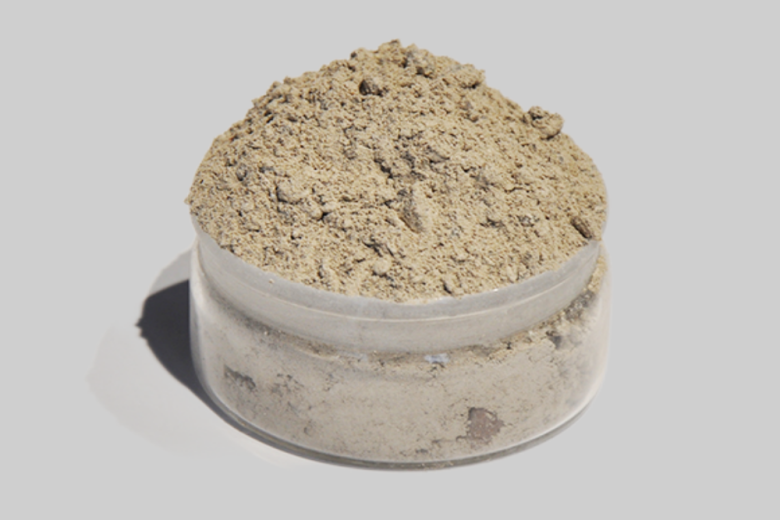
The chimney lining is made of light acid-resistant castable, which has strong air tightness, and does not require light and heavy layers. The two-layer material construction reduces the thickness of the lining and improves the thermal insulation performance.
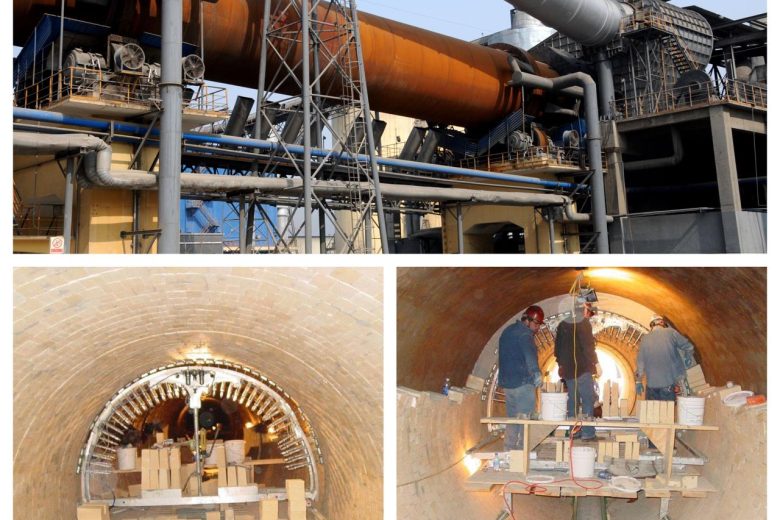
At the back of the cement rotary kiln, the length of the kiln mouth is about 1 meter, wear-resistant castable can be selected, but it must have a certain degree of alkaline resistance. The castable area from 10D to the rear kiln entrance can use anti-spalling high-alumina bricks; The 7D-10D section of the rotary kiln can use silmo brick or Silmo red brick; Section 5D-7D is a transitional zone, which can use magnesia-aluminum spinel brick; The 6D-7D section can also use Silmo brick or Silmo red brick;
Submit Request
PDF Request